Eat Right For Your Blood Type!
By: Tommy “Tj” Sotomayor
Should you follow a specific diet and exercise plan based upon your blood type? That is what Dr. D’Adamo suggests in his book Eat Right for Your Blood Type. D’Adamo is a naturopathic doctor who feels that one’s blood type may determine which diseases and illnesses you may develop. It is an intriguing approach; however, no research has been conducted, and there are no studies that show blood type can be a predictor for the development of certain diseases.
That being said, if you are intrigued by the idea of eating according to your blood type, here is the basic premise of the diet: D’Adamo is that not everyone should follow the same diet, and that blood type and your race determines tolerance to what you should and should not eat. Based on this, there are 16 groups of food that are highly beneficial, neutral or should be avoided.
According to the blood-type diet, there are 4 blood types:
- Type O – the oldest blood type
- Type A – agrarian
- Type B – nomadic
- Type AB – modern
How Your Blood Type Determines Your Diet
What Determines the Amounts
Women would eat the lower amount per day. According to Dr D’Adamo, these calculations are based upon your ethnicity. Within a blood type, you need to alter your intake of particular food groups if you are Asian, Caucasian or African American.
Food Groups and Blood Type
Type O should eat lean meat, poultry , fish, fruits and vegetables, limit grains and dairy, and exercise vigorously.
Type A should eat soy foods, grains, organic vegetables and do more gentle exercise.
Type B should eat dairy foods, meat, produce, corn or wheat and do moderate exercise. No beans.
Type AB should eat seafood, tofu, dairy, produce, limit chicken, beef, pork and do calming exercise.
Benefits of Eating According to Blood Type
Dr D’Adamo recommends lots of fruits and vegetables, and eating enough protein through lean meats, poultry, soy foods, seafood and low-fat dairy. He also recommends consuming fat daily, and limiting sugar and alcohol. This is exactly what a registered dietitian would say too, but …
Potential Problems
The diet may be too low in particular nutrients, especially calcium for those groups that are told to limit dairy; or protein, especially for Type As that are not soy eaters; and potentially low in fiber in those types that are not to consume beans or lentils or grains. Most Americans fall short of calcium, fiber, potassium and, in some cases, protein. An eating pattern should not add to those deficiencies. That said, eating is never one size fits all; you have to personalize, customize and modify to make the plan your own.
Considerations
Is this an approach for everyone? Before you try, do some careful consideration and be as picky about your diet plan as you are about your car, wardrobe or shoes.
- It takes a lot of work.
- The diet is still one of restriction and you have to pay attention to portions.
- You will lose weight because the calorie level ends up being close to 1200 per day, especially for women.
- There are specific exercises for each blood type.
- Be very careful if you have pre-existing allergies or food intolerances.
- Think about your eating habits as well: where, when and how much you eat.
- Does this eating plan work with your budget?
- Is it a plan you could stay on for a long period of time?
- Is it easy to follow and realistic for you?
- Do you like the foods involved? If you don’t, you won’t stay on it for long.
As a registered dietitian who helps my clients change their eating habits, food choices and lifestyle, I like to focus on the positive: what you CAN and WILL do. If an eating plan is too restrictive, too confusing, too expensive, or the food is not readily available, it isn’t going to work!
Anyone can lose weight by paying attention to how much, how often, and what one eats. Your plate should have some type of protein-containing food: low-fat dairy, poultry, fish, lean meat or soy foods, vegetables and fruits, and a little grain. This adds flavor, texture and enjoyment to your meals.
Protein, fruits and vegetables take up more room on the plate than the grains, but the grains are not OFF the plate.
Be selective, but eat within your calorie and monetary budget. Move more, but do the exercise you like, not just walking, running and swimming, but also dancing, gardening, cooking, and housework. Anything that gets you off the couch and on your feet is a step in the right direction.
If you want to give this plan a try, by all means do so, but realize that you should also take into account factors besides your blood type:
- Your cooking style
- Your eating style
- Your activity
- Your lifestyle
Take ownership of your eating and factor who you are into the choice, not just your blood type.
At the end of the day, if you move some, change what’s on your plate, and reduce your caloric intake (consume more earlier in the day), your body and your blood type will thank you.

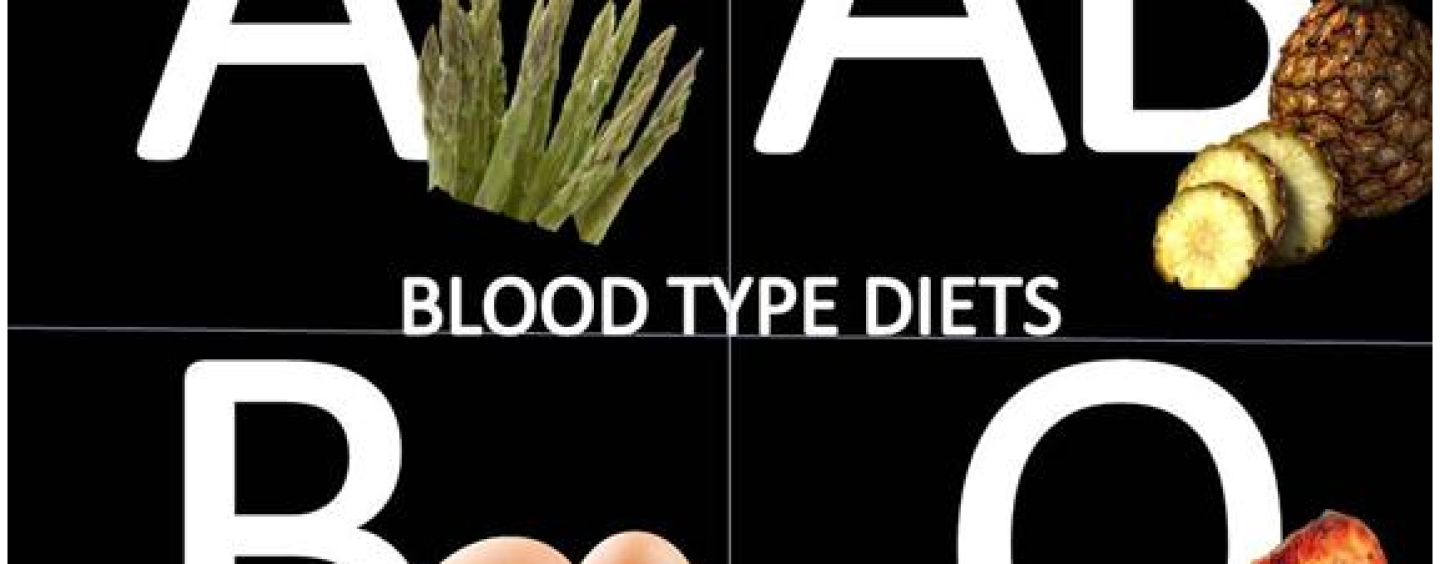
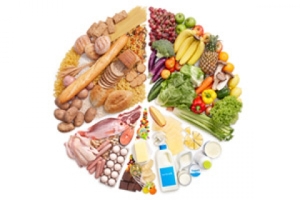
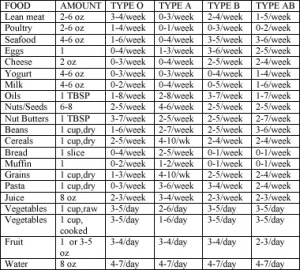
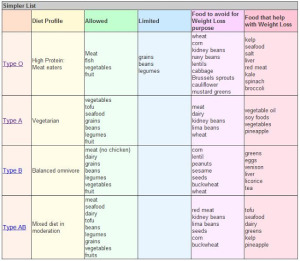
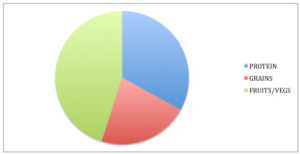






1 Comment so far
Jump into a conversationI’m type B negative; does that mean anything?
Only registered users can comment.